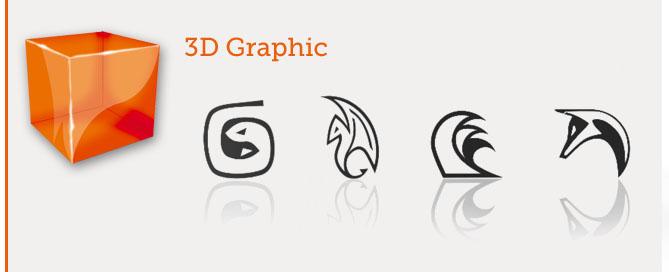3D Modeling – 3DS Max to Mud Box – Sculpt – Base
3DS Max – Export
Start 3DS Max
1. Right Column> Modify> RMB over the Object Name> Editable Poly
Mud Box it is a Subdivision Surface Tool, it works best with Quad Poly and Editable Poly in my opinion.
2. Center the Pivot
3. Center the object at 0,0,0
4. Create UVs inside 3DS Max! The UVs tools of 3DS Max are better than Mud Box
5. MAIN TOP MENU> Export> Export> name.fbx
Mud Box – Import
Start Mud Box
1. MAIN TOP MENU> File> Import…> name.fbx
Mud Box – Create UVs – Paint Textures
BOTTOM WINDOW> Select/Move Tools> Objects> select the Object
1. If you do not have UVs -> MAIN TOP MENU> UVs & Maps> Create UVs…> Replace Existing UVs
BOTTOM WINDOW> Select/Move Tools> Objects> deselect the Object
2. MAIN TOP TOOLBAR> UV View label to see the Unwrap UVs
3. MAIN TOP TOOLBAR> 3D View
4. RIGHT COLUMN> TOP LABELS> Sculpt + RIGHT LABELS> Layers
5. BOTTOM WINDOW> Sculpt Tools> Sculpt, sculpt the geometry!
Add New Subdivision Level
1. BOTTOM WINDOW> Select/Move Tools> Objects> Select the Object, it turns to yellow because it is selected
2. MAIN TOP MENU> Add New Subdivision Level or SHIFT+D
3. MAIN TOP MENU> Add New Subdivision Level Options> setup Subdivede UVs, Preserve Hard Edges etc…
NB: anche se viene aggiunto un nuovo livello di suddivisione quello di partenza non viene distrutto, si può navigare tra i livelli da tastiera con PGSU – PGGIU
4. Keyboard PGUP (Step Level Up) – PGDOWN (Step Level Down)
3D View Setup
RMB over an empty area> POP UP MENU> check Wireframe + Smooth Shading + Lighting + Grig
uncheck Gradient Background
BG Reference – Edit Image Plane
Sometimes you will need a background image as reference.
The easy way is import a Plane with UV and Ref Image from 3DS Max, ready to use
OR
Create a Plane and project an image inside Mud Box, following the next steps:
1. MAIN TOP MENU> Create> Mesh> Plane
2. BOTTOM WINDOW> Select/Move Tools> Rotate -> RIGHT COLUMN> Rotate X=270
3. 3D View TOP RIGHT CUBE> Arrow Icon> Orthographic, after click FRONT FACE of the cube.
Now we have a Plane on the XY Plane in a orthographic FRONT View
4. BOTTOM LEFT> Paint Tools> Projection
5. BOTTOM RIGHT> LABEL Stencil> ‘Circle Arrow’ icon> Add Stencil> Select the imported image from the list>
6. See also RIGHT COLUMN, now there is the Stencil Image
7. S+RMB -> scale stencil
S+MMB -> move stencil
S+LMB -> rotate stencil
Q -> hide stencil
8. MAIN TOP MENU> Edit> Edit Stencil> FLOATING WINDOW> Display: Monochrome/Transparent/Opaque
9. BOTTOM LEFT> Sculpt Tools> Grab -> paint over the stencil to edit it
BOTTOM LEFT> Paint Tools > Paint Brush -> paint over the stencil to edit it
10. At the end> FLOATING WINDOW> ‘Save As’
After saving you will see the new stencil on BOTTOM RIGHT> Label ‘Stencil’
BG Reference – Paint the Stencil over the Object
1. Select the object -> RIGHT BOTTOM> Label ‘Select/Move’> Objects icon> LMB over the object
2. Create a Paint Layer -> RIGHT COLUMN> small icon on top left> ‘Create New Layer’> Paint Layer / Diffuse
3. Select the projection image -> BOTTOM LEFT> Paint Tools> select ‘Projection’> BOTTOM RIGHT> Stencil> DOUBLE CLICK over an image, you will see it in the RIGHT COLUMN and in the Viewport
4. Deselect the Object -> RIGHT BOTTOM> Label ‘Select/Move’> Objects icon> LMB over an empty area in the viewport
5. Paint over the object -> select the Paint layer> paint over the object
6. At the end hide the stencil pressing Q on the keyboard or uncheck ‘on’ of Stencil in the RIGHT COLUMN



